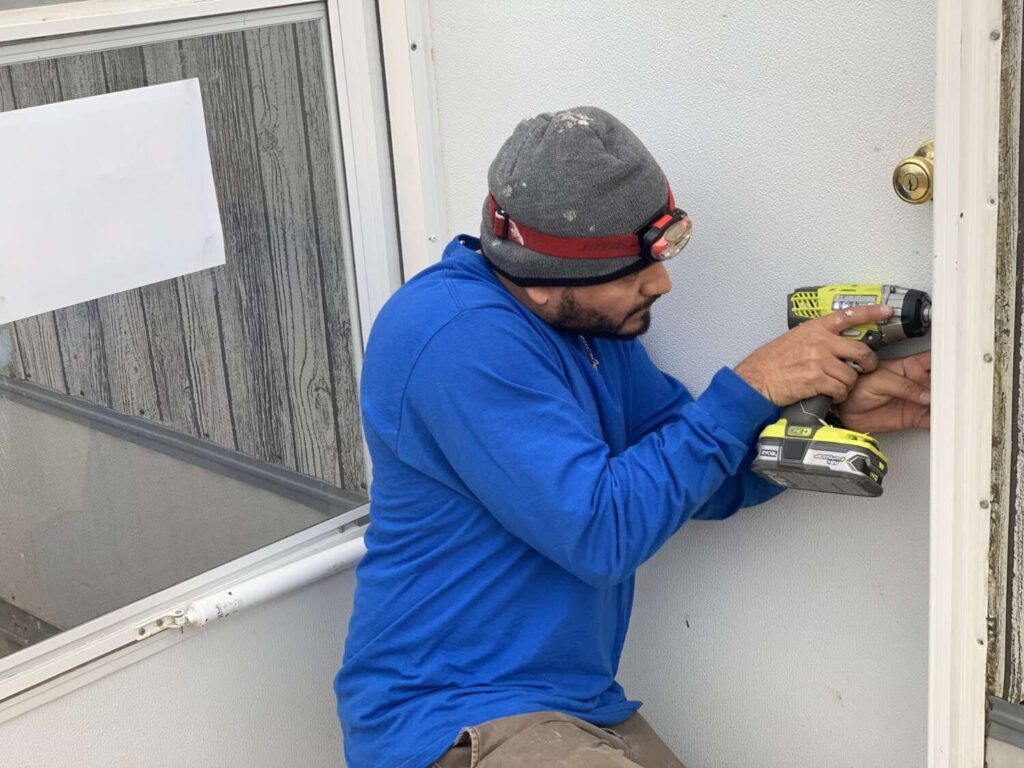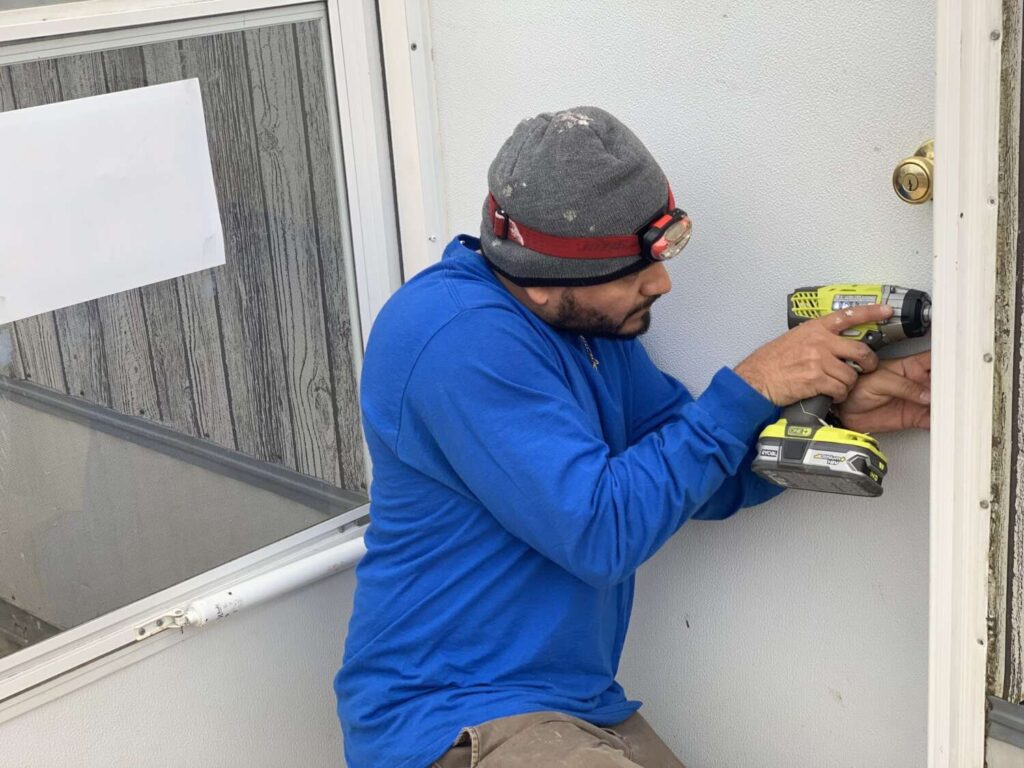
So you received your economic impact payment from the federal government and you’re not sure how to spend it. Maybe you’re fortunate enough that you don’t need to use it right now for food or rent, but you’d really like to spend it in a way that will pay you back over time.
Well how about investing it in your home? There are a ton of energy-efficiency improvements you can make that not only don’t cost a lot, but are also potentially easy to do yourself and will pay you back in a very short amount of time.
As energy-efficiency professionals, we analyze these types of improvements with energy modeling every day. Here is our summary of the ones that usually make the most sense for homeowners to do on their own existing homes, specifically focusing on DIY (do-it-yourself) items, fast-payback items, and behavior-based items.
- Replace all incandescent and halogen bulbs with LED replacement bulbs: Don’t wait until they burn out — replace these right now. Some people have trouble telling halogen and LED bulbs apart. If you turn the light on for five minutes and the bulb gets too hot to touch, it’s inefficient. Replace it with an LED. LED bulbs are usually $1 to $2 each, very easy to replace yourself, and pay back in less than a year.
- Low-flow plumbing fixtures: Reducing your water usage saves you money in two ways: with the actual water saved and with the reduction in hot water usage. Changing fixtures and/or aerators is a really easy thing to do yourself and can pay back very quickly. People sometimes worry that low-flow fixtures won’t rinse things as well, but they often do a better job because the water comes out with more pressure. A low-flow showerhead is the fastest payback and biggest bang-for-your-buck efficiency upgrade we’ve ever analyzed. The flow rates to look for are:
- Showerheads: 1.5 to 1.8 gpm
- Aerators for bathroom faucets: 1.0 to 1.5 gpm
- Toilet replacement: 1.28 gpf (single flush) or 0.8 to 1.1/1.6 gpf (dual flush)
- Install an efficient water heater: If you have an electric water heater, you want to replace it with a heat pump water heater. Not cheap ($1,000 to $1,700 depending on size), but they typically have a very quick three-to-five-year payback period. These use about a third as much energy as a regular electric water heater and they dehumidify the area where they’re located.
If you have a gas tank water heater, switching to a tankless model can give good savings while also being less likely to backdraft and cause carbon monoxide problems in your home.
Since water heaters are often located in a basement or garage, this is something you can have someone work on while still maintaining social distancing. - Air seal or add insulation to your house: Air sealing can encompass the entire envelope of your home, from weatherstripping drafty doors and windows to sealing electrical and plumbing holes in walls, between floors and even with lighting fixtures and wiring in your attic. Air sealing of floors and ceilings or roofs makes the most impact on energy efficiency.
You can definitely educate yourself and DIY this for a couple hundred dollars or less. Or for the amount of your economic impact payment, you can hire an experienced weatherization or insulation contractor to do the work. These jobs are labor intensive, so you’d also be using your stimulus money to keep someone in our community employed. And since a lot of this work takes place in crawl spaces, basements, and attics, it’s social distancing friendly. - Energy-efficient appliances: If you have an older appliance that’s about to go, this might be a good time to replace it. Clothes washers tend to offer the fastest payback in this group. Get an ENERGY STAR®-rated clothes washer, ideally a front loader with good efficiency ratings. This will go a long way to improving your efficiency, but you can make an even bigger impact if you install a clothesline and commit to using it. Even if you commit to drying half your clothes outside, it really helps.
Refrigerators and freezers are another big opportunity. These have gotten much more efficient over the years, so any unit more than 20 years old would benefit from replacement. To the extent that you can consolidate these and not have too many of them, that also helps. One refrigerator can use 5 percent of a new home’s total energy, so it’s easy to see how having that extra refrigerator for special occasions can really add to your carbon footprint. - Duct sealing: Sealing your HVAC ductwork is a big energy saver because, on average, 15 to 30 percent of the air that moves through duct systems is lost due to leaks, kinks or loose connections. In practice, what we find is that some homes do better than this, but a few homes are much worse. If you have ducts outside the conditioned space of your home (for example, those in a garage, vented crawl space, or vented attic), air sealing your ducts can be very worthwhile.
This is also something you can learn to DIY using UL-rated tape and mastic, but it’s also a great task to outsource to a professional. It’s another labor-intensive job that can be done in an unoccupied part of your home. - Solar: Your economic impact payment probably isn’t going to pay for your entire photovoltaic system, but it can definitely take a meaningful bite out of the cost. And, you guessed it — solar is installed outside and doesn’t require workers to come inside your house!
Now is a great time to make your home better. We’re spending more time there, and many of these fixes can also contribute to improved comfort and indoor air quality. It’s an opportunity to invest that stimulus check on something that will pay you back over time while employing someone in our community. And best of all, it helps put the planet on a better track for our kids and grandkids.
Amy Musser and Matthew Vande are the owners of VandeMusser Design, PLLC. They provide Home Energy Rating System (HERS) services, green-design consultation, and home-energy audits to homeowners in Western North Carolina. Amy is a licensed mechanical engineer and Matt is a licensed architect.
You can also view this article as it was originally published on pages 42-43 of the 2020-2021 edition of the directory.


